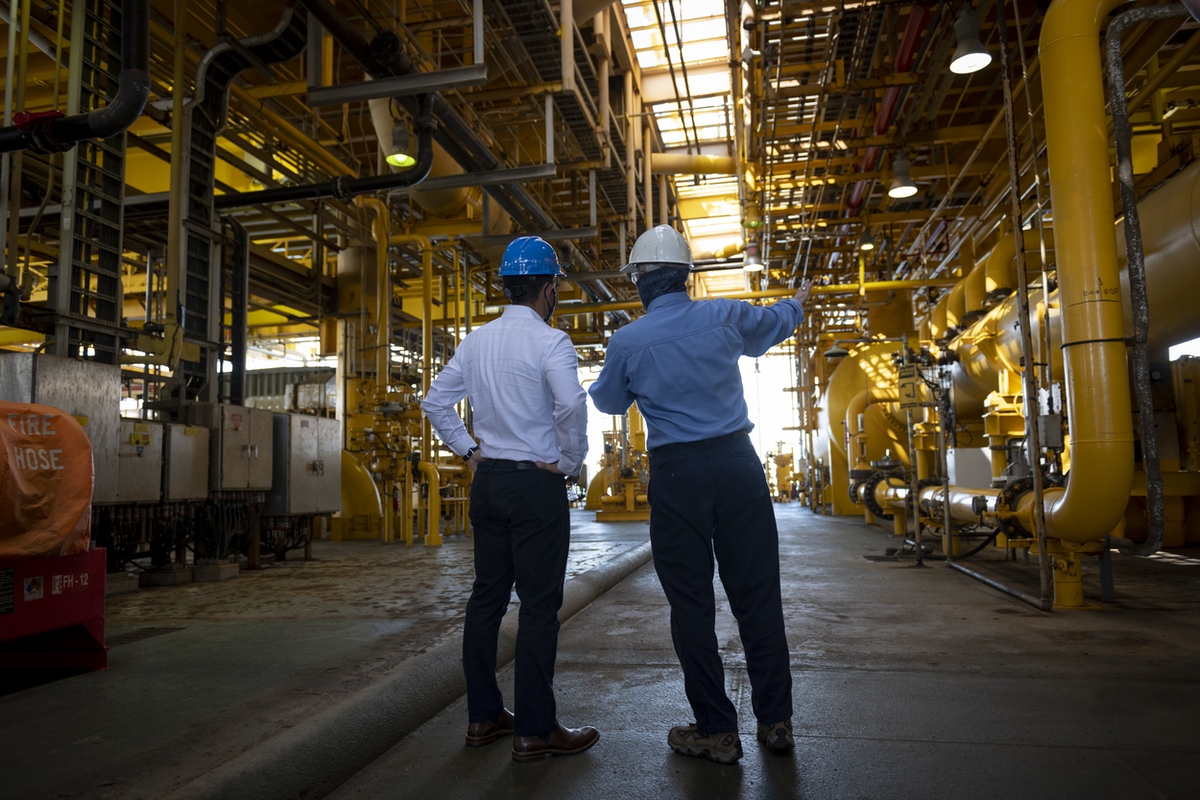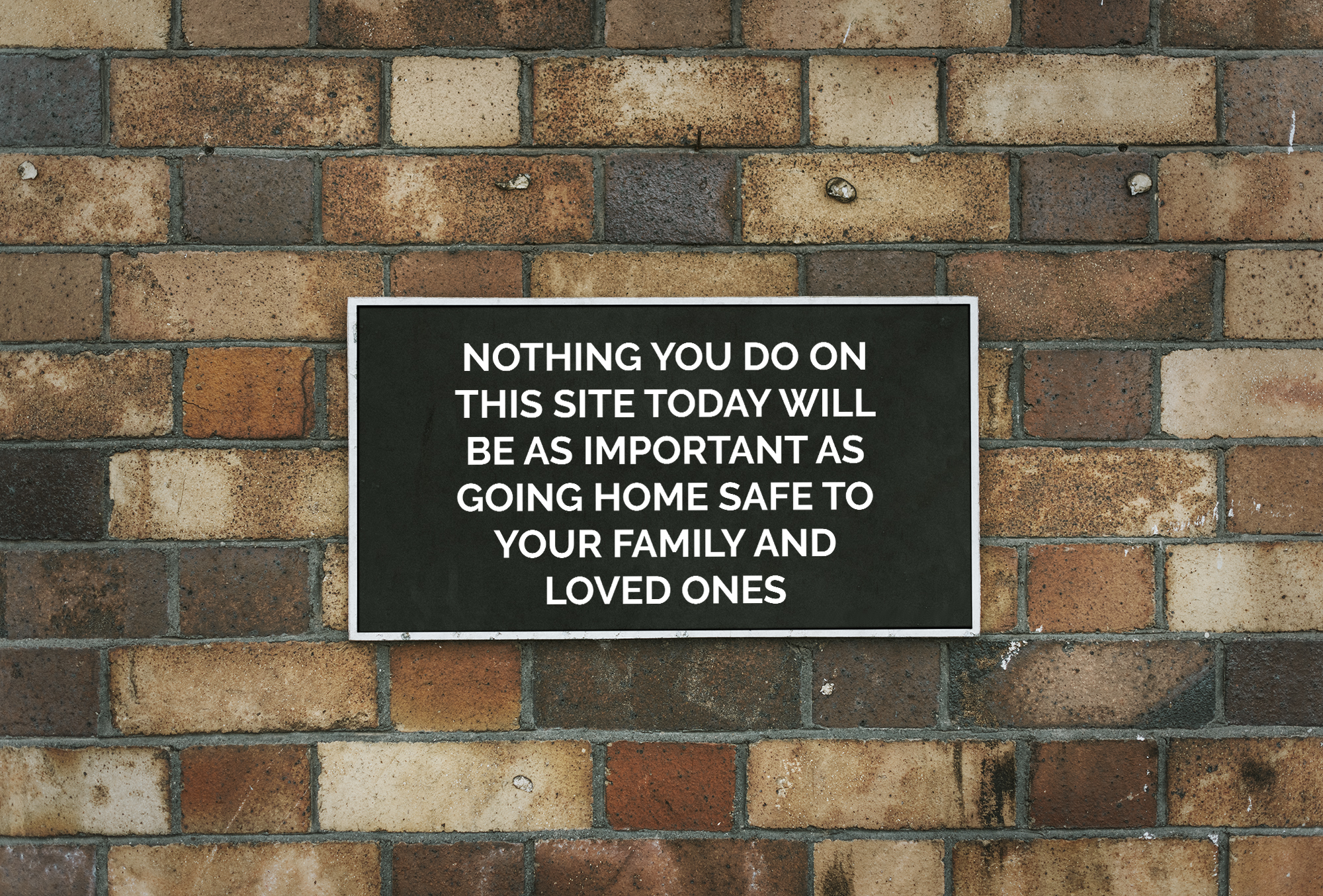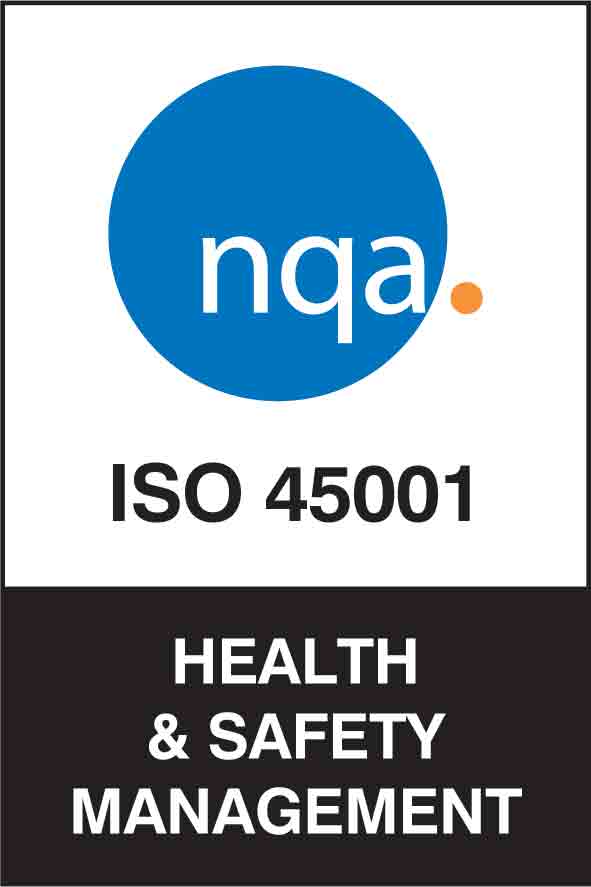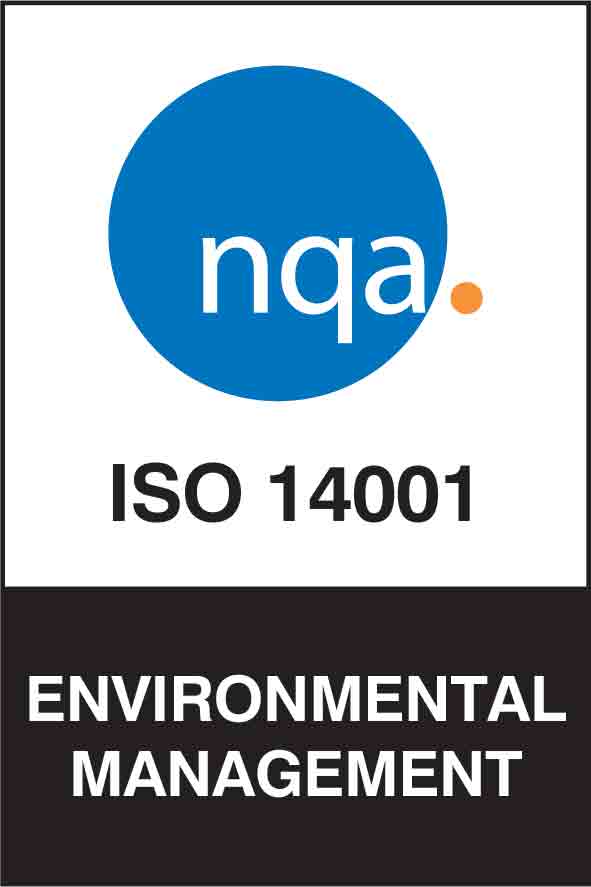BLOG
What makes a good health and safety leader?
Written on 25 November 2021

Effective health and safety management is more than just writing rules and training workers to follow them. While terms such as “leadership ability” and “people skills” are often overused to the point of sounding meaningless, business success or failure can hinge on effectively dealing with people. The same certainly applies to health and safety.
A real commitment to helping people stay safe is key to effectively managing health and safety issues. Genuine concern, along with the ability to inspire others to show that same concern and follow safety rules, separates the wheat from the chaff in safety management.
The following are some of the most important qualities consistently found in great safety managers. Managers who routinely practise these 10 habits will undoubtedly see benefits over time. Hopefully your health and safety manager possesses most or all of these traits!
1. Praises safe behaviours
Good safety leaders make it a habit to encourage safe acts and behaviours, and give praise in a sincere and timely way.
Praise is a positive experience; this ‘uplift’ can boost morale, motivation and engagement, as well as renew employees’ commitment to their manager and help employees see safety as a core value.
Fair enforcement of company rules shouldn’t be overlooked. However, studies indicate that positive reinforcement of good behaviour can be more effective in directing an employee’s future behaviour than punishing any bad behaviour on their part.
Related Content
Do you need support?
Speak to us for an honest, no obligation chat on:
0345 226 8393 Lines are open 9am – 5pm
2. Listens to employees
Safety suggestions, concerns or complaints by workers should be listened to. Workers are often in the best position to understand the risks in their jobs and may also have good ideas about how to mitigate them.
Particular attention should be paid to complaints. They should be responded to quickly and appropriately, as people will likely get frustrated if they feel they are being ignored. Actively responding to concerns affirms that the organisation takes safety seriously and will encourage employees to do the same, while not doing so can greatly undermine employees’ trust in your health and safety policy and the commitments made within it.
Good safety managers actively seek feedback. Doing so is an easy way to help inspire employees to take a more active role in workplace safety, and come forward about issues they witness on the job. This helps to increase buy-in from them, which is crucial to overall health and safety performance.

3. Rewards employee participation
Employees often contribute to resolving health and safety issues, either on the work floor or in safety meetings. However, if they feel their participation is unnoticed or unappreciated by managers, then their enthusiasm can turn to apathy and cynicism.
The value and contribution of workers to health and safety should always be recognised – great managers let them know just how much their help is appreciated.
4. Acts as a role model
Workers take their cues from watching management. This is why good managers recognise the importance of leading by example, following and carrying out the practices they recommend to others.
Managers must embody their safety rules and procedures if they want workers to follow suit, otherwise a culture of “they’re not doing it, so why should I?” could easily creep in. Not practising what you preach is also a sure-fire way to lose trust and respect, which will make it harder for managers to enforce rules.
Excuses should never be made for non-compliance, such as not wearing hearing protection (even if not long enough in a department to exceed the Exposure Limit Value for noise) or taking safety shortcuts due to time constraints.
5. Is proactive
All too often, safety is an afterthought – action is only taken when there’s a problem. In fact, our Mind the Gap research reveals that 35% of organisations and 36% of employees would describe their organisation’s approach to health and safety as “reactive”.
Great safety managers know that proactivity is the best way to create a safer work environment and prevent injuries from the start.
Someone has to take that first step – where possible, removing hazards altogether rather than seeking to protect employees from them. Proactively looking for ways to eliminate hazards, and encouraging employees to do the same, makes it easier to keep people safe. While this seems obvious, it isn’t routinely exercised by managers in every company.
6. Is present
Surprisingly, some safety managers fail to regularly walk through their sites. This can inhibit communication and co-operation.
Walking through an area once a day allows managers to see what’s really going on and shows employees that management is there for them. It also gives workers an opportunity to raise any issues and offer their comments and suggestions.
Shop floor employees tend to prefer talking in-person, so being there establishes a line of communication. This simple habit can allow problems to be caught before they become too serious.

7. Communicates
Proper communication is necessary to keep everyone on the same page with safety expectations, goals and issues.
Clearly communicating to employees about the steps being taken to keep them safe is vital. It’s important to give workers as much factual information as possible when conducting health and safety business in their work areas – for example, when monitoring, testing alarms, bringing visitors through, changing safety equipment or procedures, etc.
Additionally, when training and instructing employees, managers need to be able to explain the “why” behind safety rules – going beyond the dismissive “because upstairs says so” response.
8. Involves and inspires
People learn by doing. Safety leadership isn’t just about making sure people follow rules; it’s about getting people invested in the shared goal of a safe and healthy workplace, and the more closely people are involved in this mission, the more likely they are to understand the importance of workplace health and safety and internalise safe behaviours.
As the Health and Safety Executive points out, “people who feel valued and involved in decision-making play a big part in a high-performing workplace. Empowering your workforce, giving them the right skills and getting them involved in making decisions show them that you take their health, safety and well-being seriously.”
Giving employees ownership over a particular process, involving them in risk assessments or a safety project, and setting up a safety committee are all great examples of this.
9. Remembers names
Most workers like to be recognised by their name. Knowing staff names helps to bring down communication barriers and build relationships. This can only serve to benefit safety programmes.
Even if managers aren’t very good with names, there’s likely to be some credit gained in trying to remember them!
10. Is constantly learning
Great managers strive to keep up to date with current safety issues and regulatory developments, for example by reading health and safety articles, joining webinars and attending other events where they can meet and network with peers and share best practice.
These things not only keep safety leaders informed and their knowledge topped up but can inspire new ideas and ways of doing things, which will make the workplace safer for employees and ultimately benefit the organisation.
There’s always something new to be learned, no matter how many years spent in a job or classroom. As philosopher Jiddu Krishnamurti said, “There is no end to education. It is not that you read a book, pass an examination, and finish with education. The whole of life, from the moment you are born to the moment you die, is a process of learning”.
Specialist safety support
Don’t have the time, knowledge or expertise to manage health and safety in house? Or perhaps your internal safety team requires a little extra help? Acting as one of your legally-required competent persons, WorkNest’s personalised, fixed-fee Health & Safety support gives you access to a named consultant who will assist with everything from day-to-day advice to audits and policy creation.
You might also be interested in our bespoke project support and training.
To find out how WorkNest can help your organisation simplify safety management and stay compliant, call 0345 226 8393 or request your free consultation using the button below.









